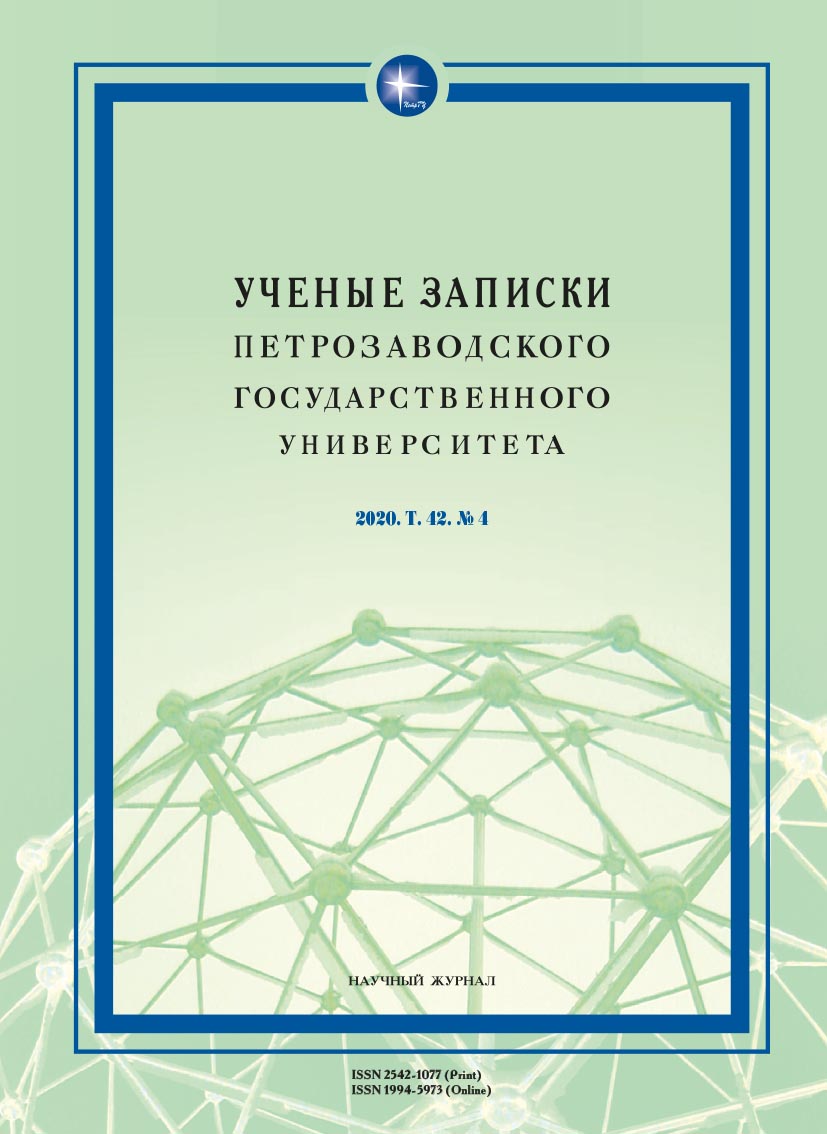ПРОВЕДЕНИЕ МЕТРИЧЕСКОЙ РЕФОРМЫ В КАРЕЛИИ
IMPLEMENTATION OF THE METRIC REFORM IN KARELIA
Author(s): Elena Vasilievna DianovaSubject(s): Economic history, Social history, History of Education, Interwar Period (1920 - 1939)
Published by: Петрозаводский государственный университет
Keywords: metric reform; International Metric System; Interagency Metric Commission; Verification Chamber of Measures and Scales; modernization;
Summary/Abstract: The article deals with the study of the metric reform in Karelia in the 1920s. The relevance of this study is due to the interest of the academic community in the history of reforms in the context of Russian modernization. The metric reform can be considered one of the innovative measures at the time and an intermediate result of modernization processes in the country. The implementation of the metric reform in Karelia was led by the Republic’s Government, which adopted a number of decrees introducing the metric system. The article considers ways of visual agitation and oral propaganda for metric measures as part of political and educational work in the 1920s involving the employees of the national education system, cooperatives, and cultural and educational organizations. It also describes the activities of the Interagency Metric Commission, which developed a three-year metric plan establishing a time frame for the transition to the metric system in wholesale and retail trade, and discusses certain issues related to the work of the Karelian Branch of the North-West Verification Chamber of Measures and Weights on verification and marking of measuring instruments. The author uses official documents and newly introduced archival materials to demonstrate the specific characteristics of implementing the metric reform in various sectors of Karelian economy (such as trade, procurement, manufacturing industry, agriculture, forestry, and communal services), culture and education, as well as to show the main results of the metric reform in Karelia. One of these characteristics was a differentiated approach to the process of converting to the metric system in cities and rural areas, as well as in the center and on the periphery, which was caused by the specifics of social and economic development (a small amount of industrial enterprises, a significant role of crafts, harvesting and logging, existence of different proprietary forms for trade establishments).
Journal: Ученые записки Петрозаводского государственного университета
- Issue Year: 42/2020
- Issue No: 4
- Page Range: 43-53
- Page Count: 11
- Language: Russian

